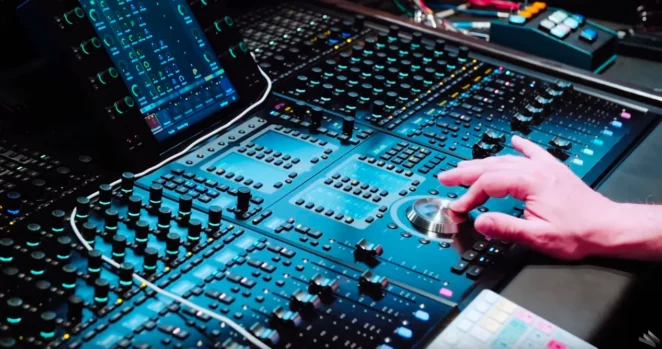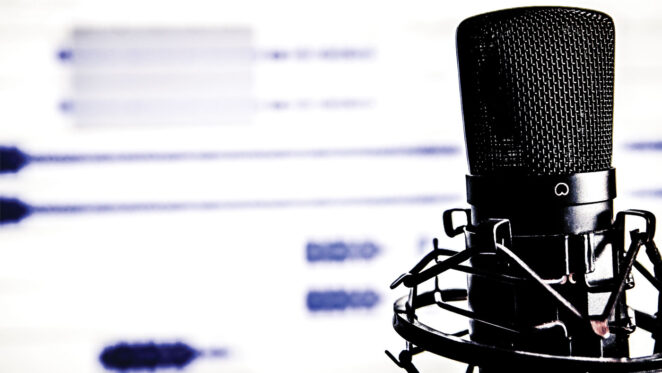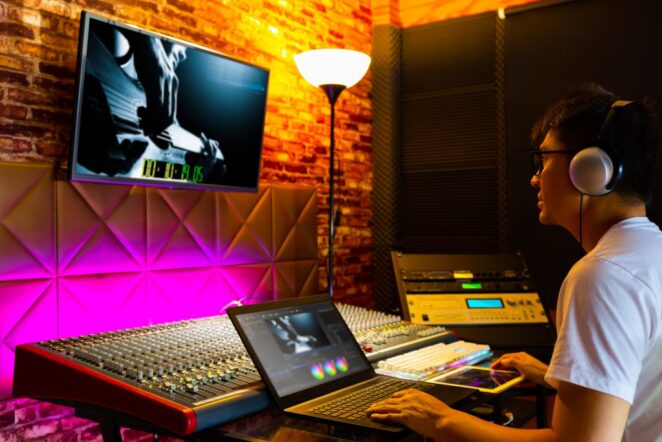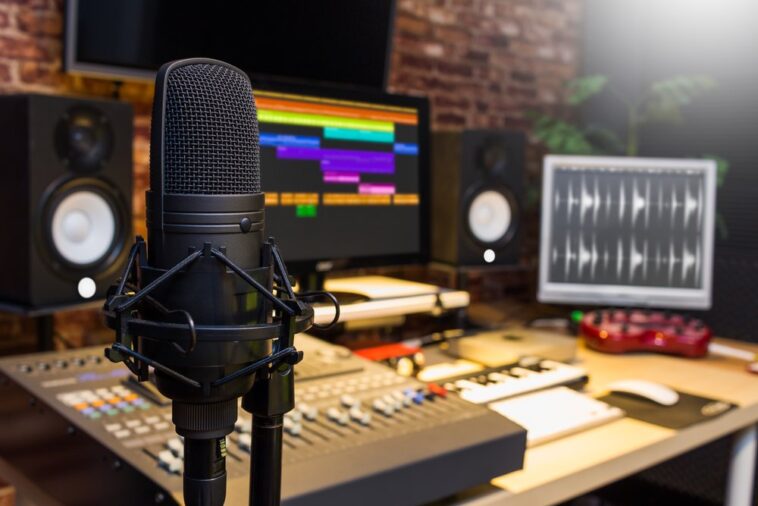Sound design in video editing is an art that plays a vital role in enhancing the viewer’s experience. It adds depth, emotion, and context to your visual content. While it may seem intimidating at first, understanding the basics of sound design can be made simpler and even enjoyable with the right resources, such as a Free Online Video Editor.
In this comprehensive guide, we delve into the fundamentals of sound design in video editing, equipping you with the knowledge you need to start creating more engaging and immersive videos.
What is Sound Design?
Sound design is a crucial aspect of video production that involves creating, recording, and manipulating audio elements to enhance and complement the visual content. It’s not just about the dialogue or music, but it also encompasses ambient sounds, sound effects, and the overall soundscape of the video. Sound design aims to heighten storytelling, create mood, and evoke emotions, providing a richer, more immersive viewing experience.
It helps convey information, context, and atmosphere that visuals alone cannot deliver. Whether it’s the rustling of leaves in a peaceful forest scene, the tense background score in a thriller, or the echo effect to mimic a large space, sound design is all about adding depth and dimension to the visual narrative. Despite often going unnoticed by the audience, effective sound design is instrumental in making a video truly captivating and engaging.
Why Is Sound Design Important?

Sound design is an essential component of video production, influencing not only the viewer’s experience but also the overall quality of the content. Here are the reasons why sound design is so crucial:
– Emotional Impact: The sound design can greatly affect the emotional response of the viewer. Different sounds and music can evoke various emotions, such as joy, sadness, tension, or calmness. By effectively manipulating the sound elements, you can guide the viewer’s emotional journey throughout the video.
– Narrative Enhancement: Sound plays a vital role in storytelling. It can offer context to the visuals, reflect the character’s internal thoughts or feelings, or even suggest off-screen events. Thus, sound design can enhance the narrative, making the story more immersive and engaging.
– Viewer Engagement: Good sound design can captivate the audience, encouraging them to continue watching. It helps to create an immersive atmosphere, making viewers feel as if they are part of the story, thereby increasing their engagement.
– Establishes Location and Time: Ambient sounds and sound effects can help establish the setting and time of the scene. The chirping of birds, for instance, suggests a rural or morning setting, while traffic noises indicate an urban environment.
– Professionalism: High-quality sound design contributes to the overall production value of the video, making it appear more professional. Poor sound quality, on the other hand, can distract viewers and detract from the visuals, regardless of their quality.
– Pacing and Timing: The rhythm and pace of the sound design can help drive the video’s pacing. Fast tempo music might accelerate the perceived pace, while slower, softer sounds can make scenes feel more leisurely.
Understanding the importance of sound design in video editing not only helps in creating more effective and impactful videos, but it also ensures that your content stands out in terms of quality and professionalism.
Elements Of Sound Design
Sound design involves various elements, each serving a different function. Here’s a look at some key components:
Dialogue
Dialogue is the spoken words of characters or narrators. It’s often the primary source of information in a video, conveying the story, characters’ emotions, and relationships.
Ambient Sounds
Ambient sounds, or background sounds, help create a sense of environment or location. It could be the sound of traffic in a city scene or birds chirping in a forest setting.
Sound Effects
Sound effects are used to enhance the reality of a scene or create an effect that can’t be captured naturally. They can be diegetic (sounds that occur in the world of the video, like a door slamming) or non-diegetic (sounds added in post-production, like dramatic music or a voiceover).
Music
Music is often used to create mood, build tension, or provide emotional cues. It can be a powerful tool in manipulating the viewer’s emotional response.
Basic Techniques In Sound Design

Once you understand the elements of sound design, the next step is to learn basic sound editing techniques. Here are some to get you started:
Volume Adjustment
This involves adjusting the loudness of different audio elements to ensure a balanced soundscape. Key elements should be clearly audible, while less important sounds should be quieter.
Sound Mixing
Sound mixing is the process of blending all audio elements together in a way that complements the visual content. It involves adjusting levels, panning sounds for a stereo or surround effect, and equalizing to make the mix sound balanced and pleasing.
Audio Effects
Audio effects like reverb, echo, pitch shift, and others can be used to alter the character of sounds and make them fit better with the scene.
Foley
Foley involves creating and recording sound effects manually to match the actions in a video. This could be footsteps, clothing rustles, or props handling sounds.
ADR (Automated Dialogue Replacement)
ADR is the process of re-recording dialogue in post-production to improve audio quality or change the original line.
Sound Design With A Video Editor
With the advancement of technology, there are many tools available to help you with sound design, including a Free Online Video Editor. These tools often include features for audio editing, like adjusting volume, adding effects, mixing sound, and more. With practice and patience, you can learn to use these tools to create quality sound design for your videos.

Conclusion
In conclusion, sound design is a crucial component of video editing that, when done effectively, can elevate your content, creating a more immersive and engaging viewing experience. By understanding the basic elements and techniques of sound design, you can start enhancing your videos and telling more compelling stories. Remember, great sound design is about creating an audio landscape that supports and enhances your visual content. It requires creativity, patience, and practice, but the end result is well worth the effort.




